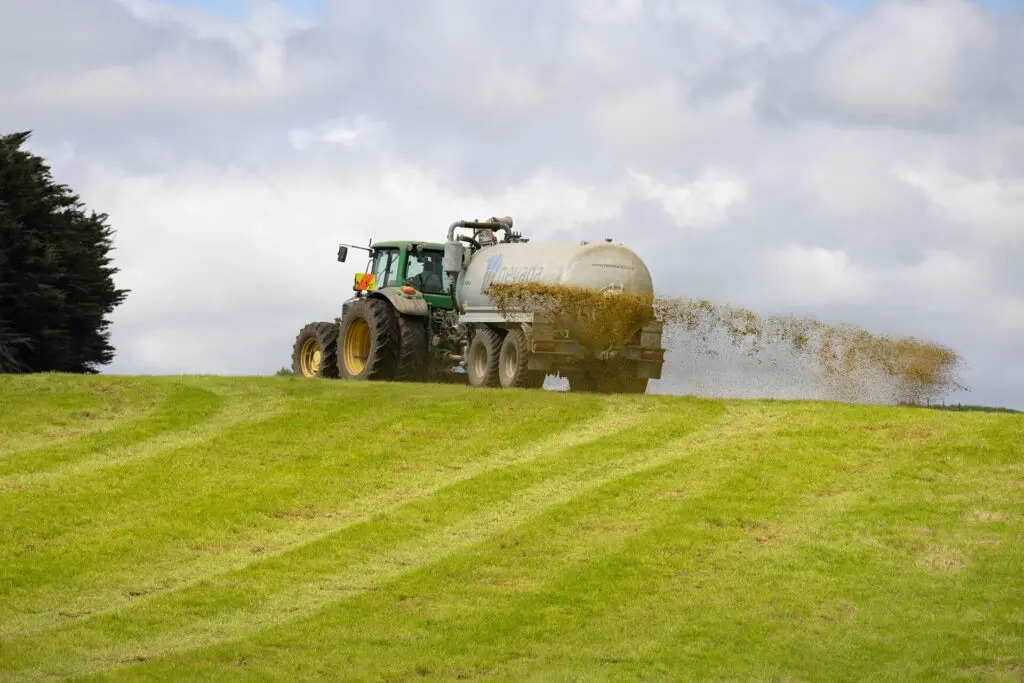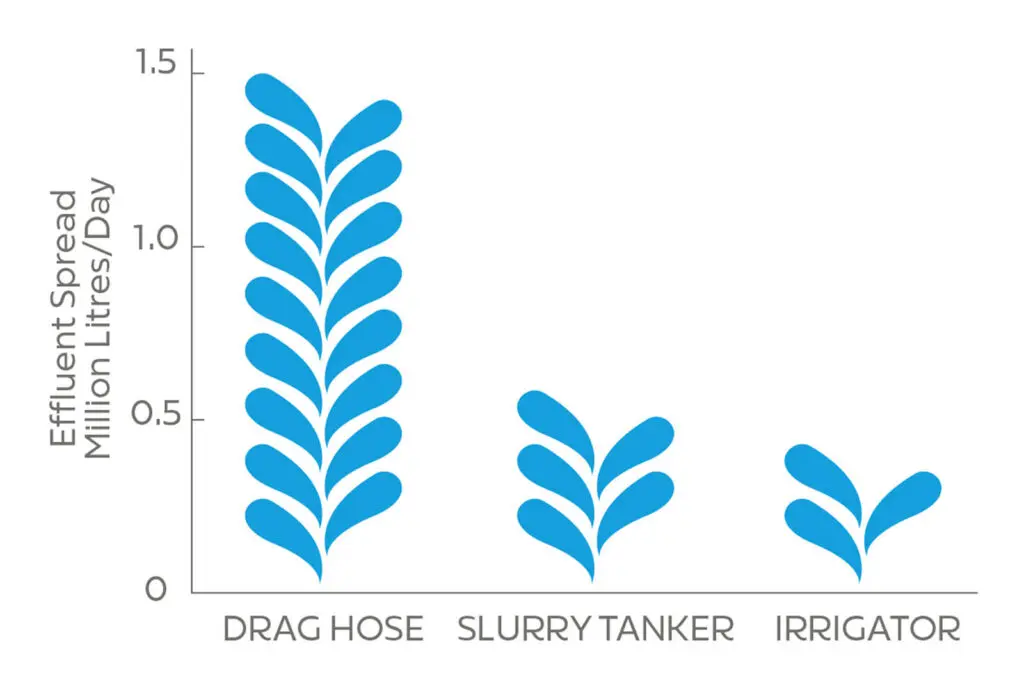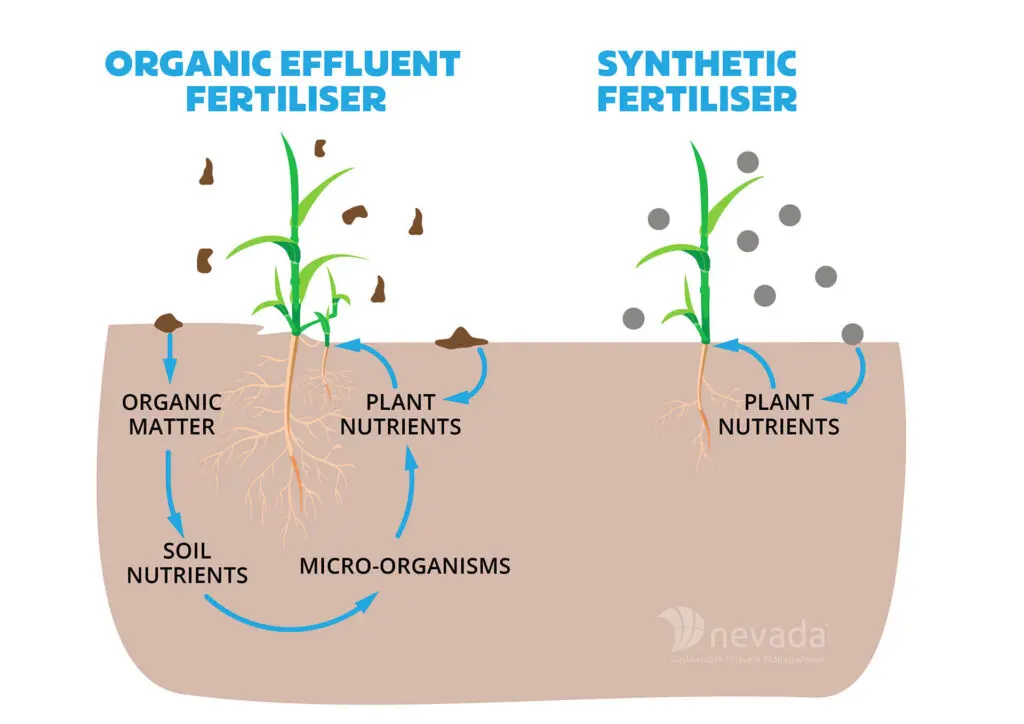- Sustainable Effluent Management
Ideally you’d apply FDE as soon as possible after collection. That way, there is no nutrient loss from storage and your paddocks immediately reap all the benefits. As we all know, that’s not always possible. That’s why we’d recommend a good storage solution and stirrers to agitate the FDE and prevent solids building up before application.


When dairy effluent sprays into the air through a fine nozzle sprayer or a pressurised sprayer such as a rain gun, a lot of your nutrients are lost in the process. That’s why our Nevada RainWave™ is designed to spread effluent in heavy droplets that fall through the air without loss through volatisation. More nutrients reach the soil, feeding the micro organisms that enhance growth in your pasture. Applying a heavy drop with a Nevada RainWave™, trailing shoe, or disc injectors is by far the best method of applying effluent to land.
While councils and authorities are measuring for nitrogen during inspections, dairy effluent actually has a high amount of potassium when compared to nitrogen levels. If you spread this over a larger area, you get the best use of nutrients. This will also ensure there is no potassium build up or issue with high levels of nitrogen in a smaller area.
FDE is packed with nutrients that can significantly improve your soil biology. In particular, lighter soils benefit from effluent collected from barns or feedpads, where higher amounts of solids are being applied.
By spreading FDE across your entire farm, you can reduce or even eliminate the need for synthetic fertilisers.


Another important aspect to consider is the cost in processing effluent. If you’re using a solid separator to separate solids from the liquids, you are not adding any value to the effluent itself. You just end up with the same product, but with an added cost.
To get the most value out of the FDE, efficiency is the key. A Nevada RainWave™ provides an efficient way to spread effluent and can easily cope with solids without the hassle of a separator.
Our team knows this business inside out. If you have specific questions about your farm and the best approach for optimal nutrient application, give them a call on this number 0800 464 393.
"*" indicates required fields

"*" indicates required fields

"*" indicates required fields

"*" indicates required fields

